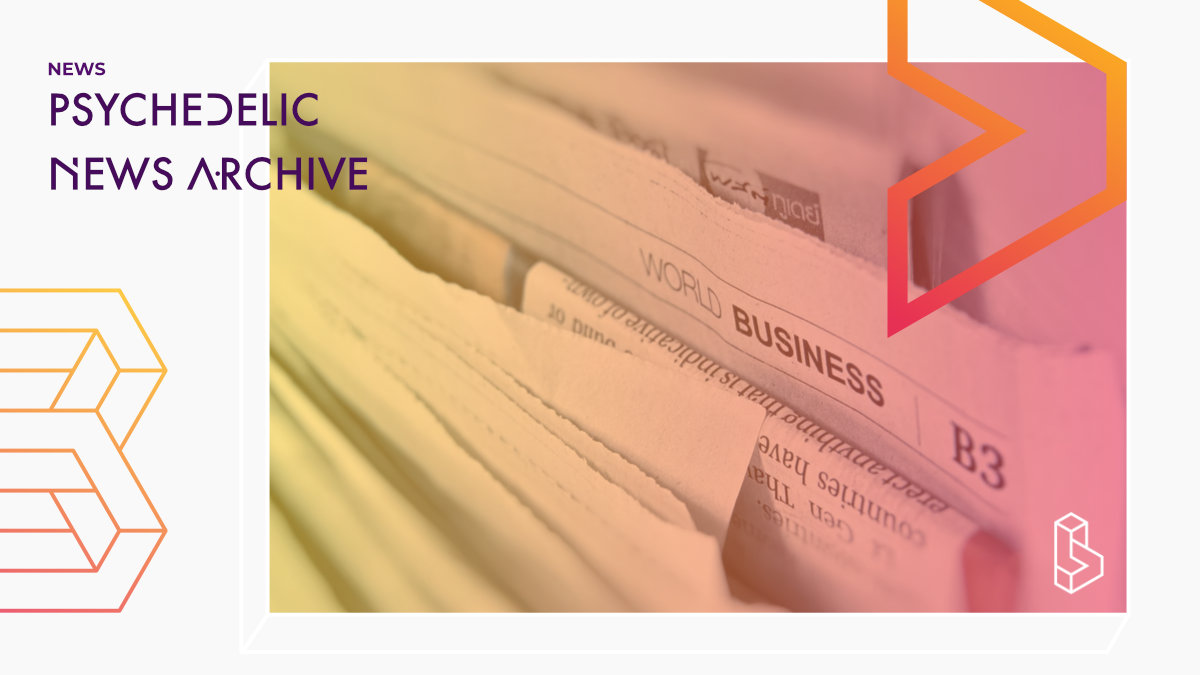What It’s Like to Smoke Salvia for Science
Source: Motherboard (Vice) | By: Daniel Oberhaus | Published: 5 March 2019
Salvia isn’t one of the psychedelics that is being studied and used in therapy, but it is one of the psychedelic compounds. This article describes the authors’ experience as a participant in the Johns Hopkins study on the brain (fMRI) on salvinorin A (the active substance in salvia).
One reason mentioned why it hasn’t been studied much or isn’t used much by people is that the effects aren’t particularly nice or fun.
“Salvinorin A also has a highly unusual mechanism of action in the brain: It targets the kappa opioid receptor, one of four types of opioid receptors and arguably the least understood. In this respect, salvinorin A is much different from “classic” psychedelics, such as LSD, mushrooms, mescaline, and DMT, which all act on the 2A serotonin receptor. Salvinorin A, however, bypasses the 2A serotonin receptor entirely.”
Daniel continues to describe his (quite pleasant) experience as a participant in the research. The article also includes a picture of the room and mentions the new-age music being played. After a first test (in the room) he experienced salvia at varying doses in the fMRI machine. The study itself will just be a first step in finding out what is out there.
“We’ve all seen the YouTube videos, of course, but salvia has much more to offer. Like the other “classic” psychedelics, it may provide a deep insight into the nature of consciousness or prove to be a potent medicine for a variety of psychiatric illnesses. We’ll never know, however, unless we are allowed to take that plunge into the deepest regions of our psyche—if only to see what we might find.”
The extraordinary therapeutic potential of psychedelic drugs, explained
Source: Vox | By: Sean Illing | Published (updated): 8 March 2019
In this long-read, Sean gives both an overview of what has happened in psychedelics research and describes his own experience with ayahuasca (which contains DMT). His exploration is both positive and focusses on the steps that still need to be taken to get psychedelics accepted into the mainstream (healthcare).
He also mentions Michael Pollan and how his excellent book ‘How to Change Your Mind‘ has made psychedelics even more widely known.
Two other factors are the wider spread of spirituality (often as a replacement for religion) and the opioid crisis.
“Psychedelics are becoming tools of healing rather than a threat to the social order. And the scientists and organizations and training institutions leading the way are working within the system to reduce the potential for blowback. This is very different from the approach taken in the ’60s, and so far it’s been a success.”
As psychedelics become more accepted, Oregon is probably the first state to legalize it in a therapeutic session (in 2020).
We are learning more about what psychedelics can do for us, but why it works exactly still remains quite the mystery. The article does touch upon the brain structures that we can see being influenced (e.g. dampening the default mode network (DMN)).
What is vital to having a transformative/positive experience is the integration, the whole therapeutic process that is still being developed.
In the underground scene, many people turn to psychedelics with a long history of negative life events (addiction, abuse, personality disorders). But others also come there to explore themselves and see things from a new perspective.
“Despite all these concerns, we should welcome the evolution of psychedelic research. We need bigger studies, and we need to include more diverse populations in them to learn as much as we can about how these drugs work.”
Fast-acting psychedelic associated with improvements in depression/anxiety
Source: Neuro Science News | By: Neuro Science News | Published: 18 March 2019
This article describes a study on DMT by John Hopkins researchers. You can find a longer analysis of this paper here.
“Johns Hopkins researchers have discovered that use of the synthetic psychedelic 5-methocy-N,-N-dimethyltryptamine (5-MeO-DMT) appears to be associated with unintended improvements in self-reported depression and anxiety when given in a ceremonial group setting. 5-MeO-DMT is a psychedelic that is found in the venom of Bufo Alvarius toads, in a variety of plants species, and can be produced synthetically.”
Become a psychedelic insider
Get a Pro Membership to enjoy these benefits & support Blossom📈 full reports on Topics & Compounds
🧵 full summary reviews of research papers
🚀 full access to new articles
See Memberships

